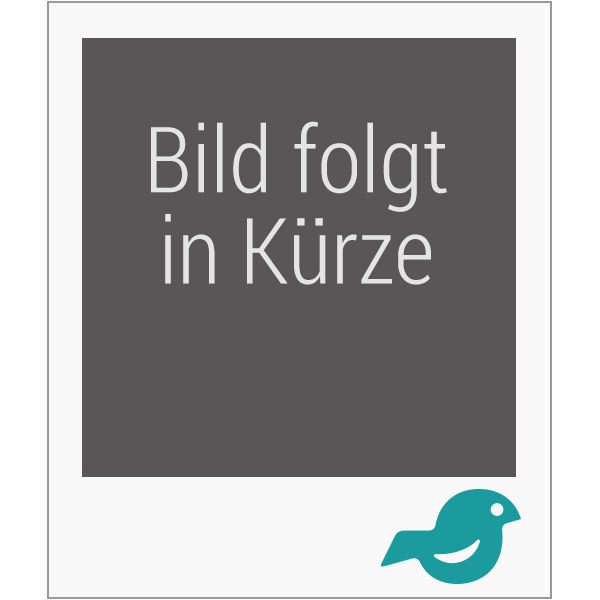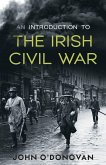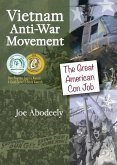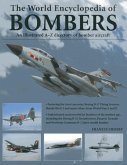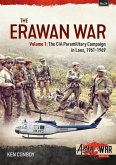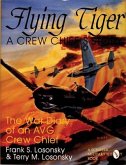In 1952, the Cuban Army Air Corps (Cuerpo de Aviación del Ejército de Cuba, CAEC) was reorganised into the Cuban Army Air Force (Fuerza Aérea del Ejército de Cuba, FAEC), and the Cuban Naval Aviation came into being. Like many other Latin American countries, Cuban history has been marked by tumultuous political developments, multiple military coups d'etat, and several military dictatorships. In the mid-1950s, an armed insurgency of the M-26-7 movement, led by the Castro brothers and Che Guevara, erupted in the Sierra Maestra area and began spreading into the major urban centres. The FAEC was heavily involved in counterinsurgency operations and massively accelerated its growth through the acquisition of additional aircraft and first helicopters. By 1958, the last year of the ensuing civil war, the air force greatly intensified its operations. The insurgents established their own flying branch, the Rebel Air Force (Fuerza Aérea Rebelde, FAR): equipped with warbirds obtained from the USA, this was primarily utilised to haul clandestine arms shipments. Eventually, the corruption, prebendary, and nepotism within the government and the senior leadership of the armed forces, eventually tipped the balance in favour of the revolutionary forces. The turning point occurred on 1 January 1959, when the dictatorship of General Fulgencio Batista abruptly ended and a revolutionary regime established itself in power. This resulted in dramatic changes for the FAEC, which was reorganized as the Revolutionary Air Force (Fuerza Aérea Revolucionaria, FAR) and, only two years later, had to fight against the US-supported Brigade 2506 of the Cuban exiles during the Bay of Pigs invasion. Cuban Military Aviation: Volume 2 1952-1962 is richly illustrated throughout with original photographs and the @War series' signature specially commissioned colour artworks.
Bitte wählen Sie Ihr Anliegen aus.
Rechnungen
Retourenschein anfordern
Bestellstatus
Storno

